#σκόρδο #σκόρδα #διατροφή
Artificial intelligence (AI) technologies are designed to replicate human capabilities, and in some cases improve upon them. Lifelike robots are physical examples of AI technology, but it is the digital AI systems that already have a ubiquitous influence on our daily lives – from facial recognition software to decision-making tools used by banks, recruiters and the police. Too often, these systems can reflect preexisting social inequalities.

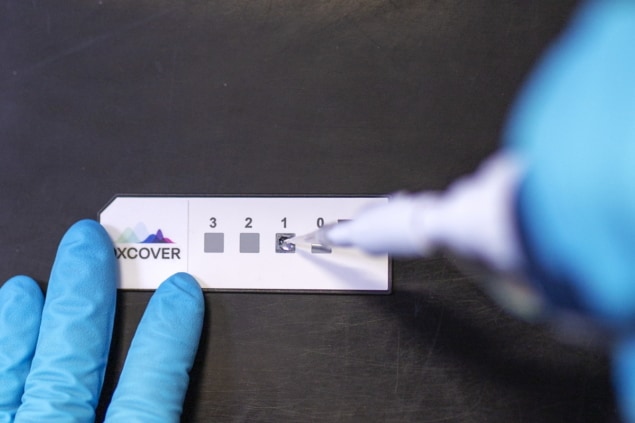
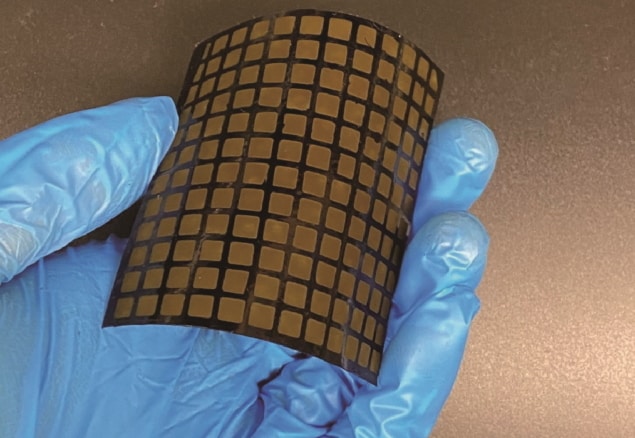
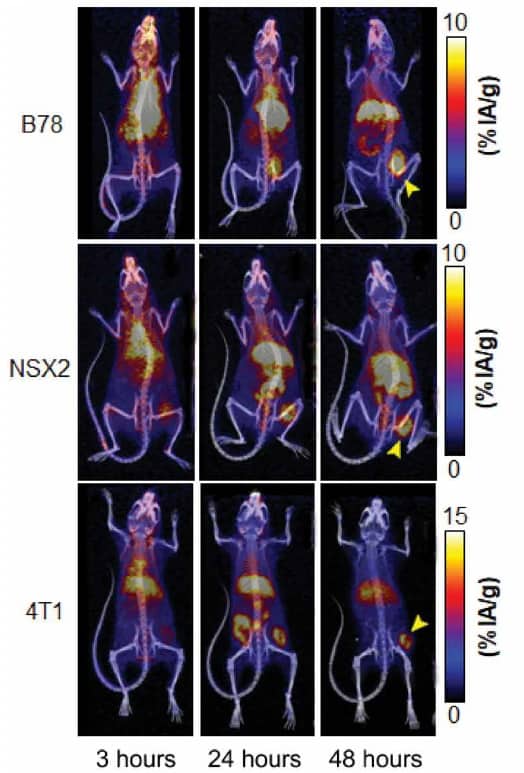

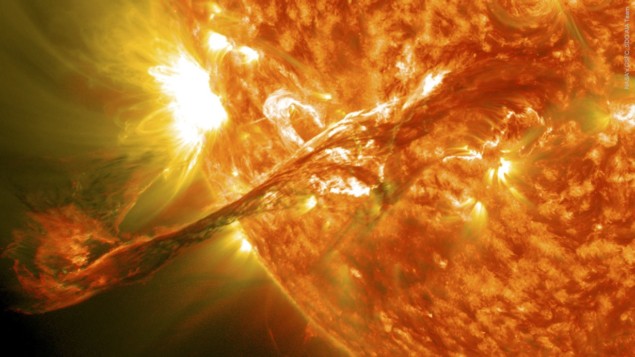
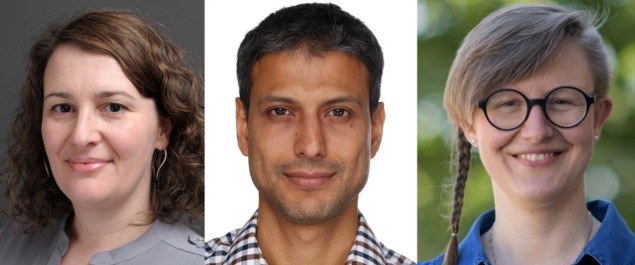

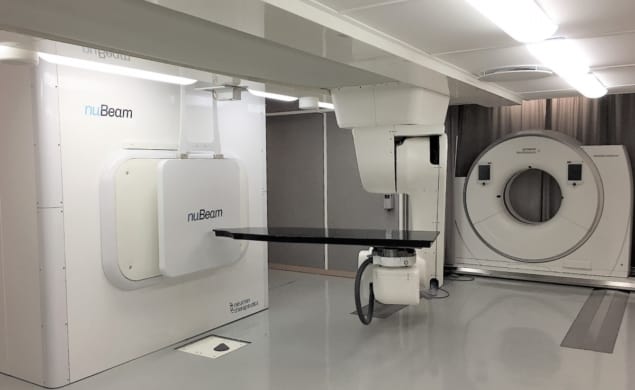

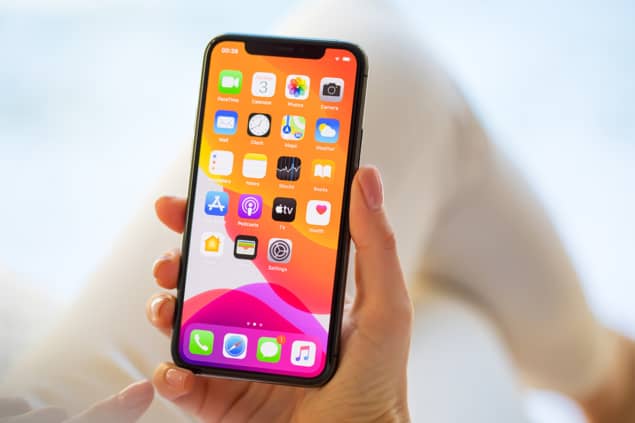
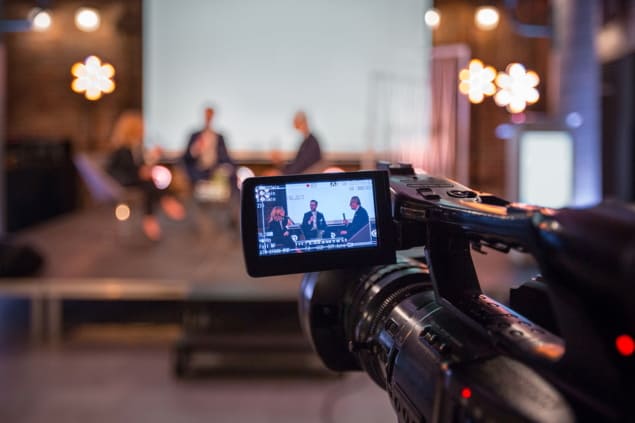
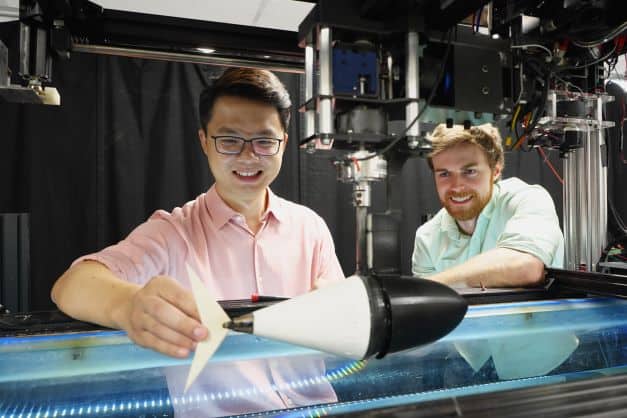
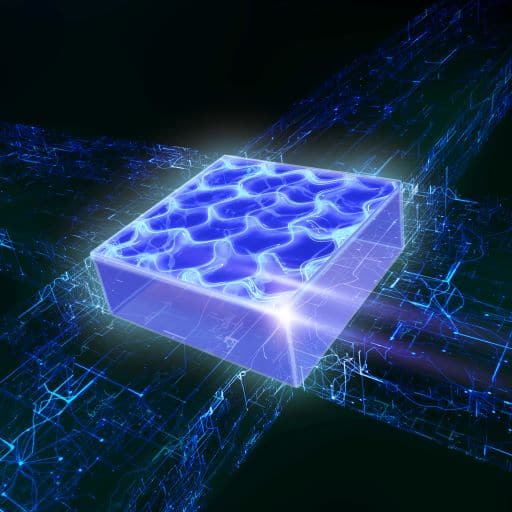


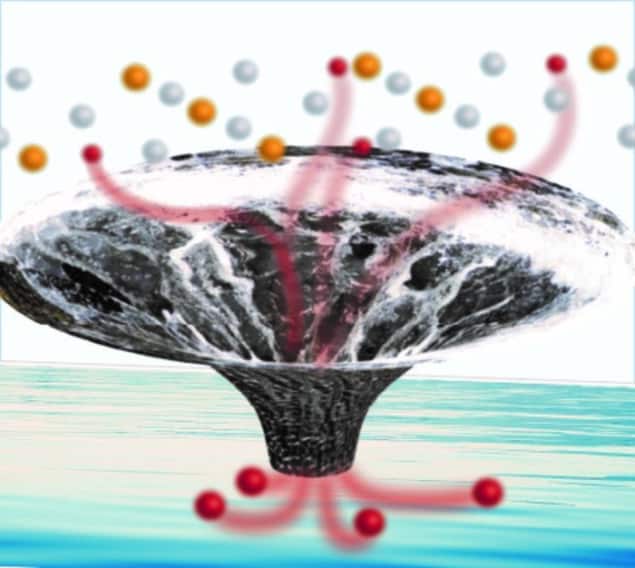
 Propagation of a single-domain 'island'.(Courtesy: 2D Materials)
Propagation of a single-domain 'island'.(Courtesy: 2D Materials)